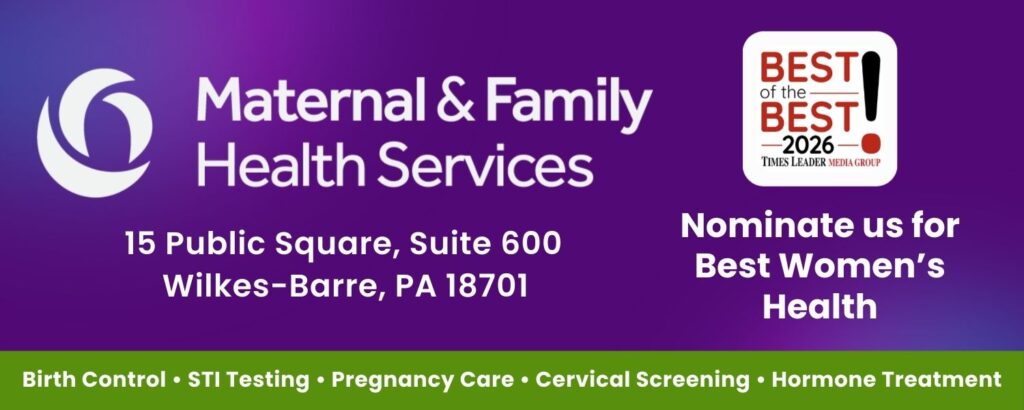How do I protect myself from STD’s and unplanned pregnancy?
Abstinence is the only 100% effective way to avoid an unwanted pregnancy or sexually transmitted diseases. Abstinence is a personal decision to refrain from all sexual intercourse: vaginal, anal, or oral. Although unlikely, it is possible to get a STD even without having intercourse through skin-to-skin contact.

Limiting your number of sex partners helps reduce your risk of getting a STD. Choosing mutual monogamy – having sex with only one person – is the safest way to have sex. If you have multiple sexual partners, it is very important to be using contraceptives.
But remember, just because you and your partner may be monogamous with each other, the risk of getting an STD is increased by the number of previous sexual partners either partner has had. While there is nothing wrong with having multiple sexual partners over time, it is important to stay safe. Talk to your partner(s) about their STD status. It is okay to request a new partner to get tested before engaging in sexual activity, testing is free and accessible!
Basically, contraceptives fall into one of two categories depending on how they work:
- Hormonal: These methods release specific amount of hormones (something our bodies make on their own as well). This prevents a person from ovulating (releasing an egg for fertilization). If no egg is released, pregnancy can’t occur. However, these methods do not protect against STDs. Examples include the pill, patch, shot, and ring. Also, these require a prescription, which are available through a doctor’s office or clinic. These methods only work for those assigned female at birth.
- Barrier: These methods act as a wall to keep the sperm from reaching the egg; they also can prevent STDs. There are barrier methods for everyone: external and internal condoms. Both can be purchased at a drugstore without a prescription. Important: Use latex condoms correctly for any type of sex (vaginal, oral or anal) from start to finish.
(from the CDC and StayTeen.org)


